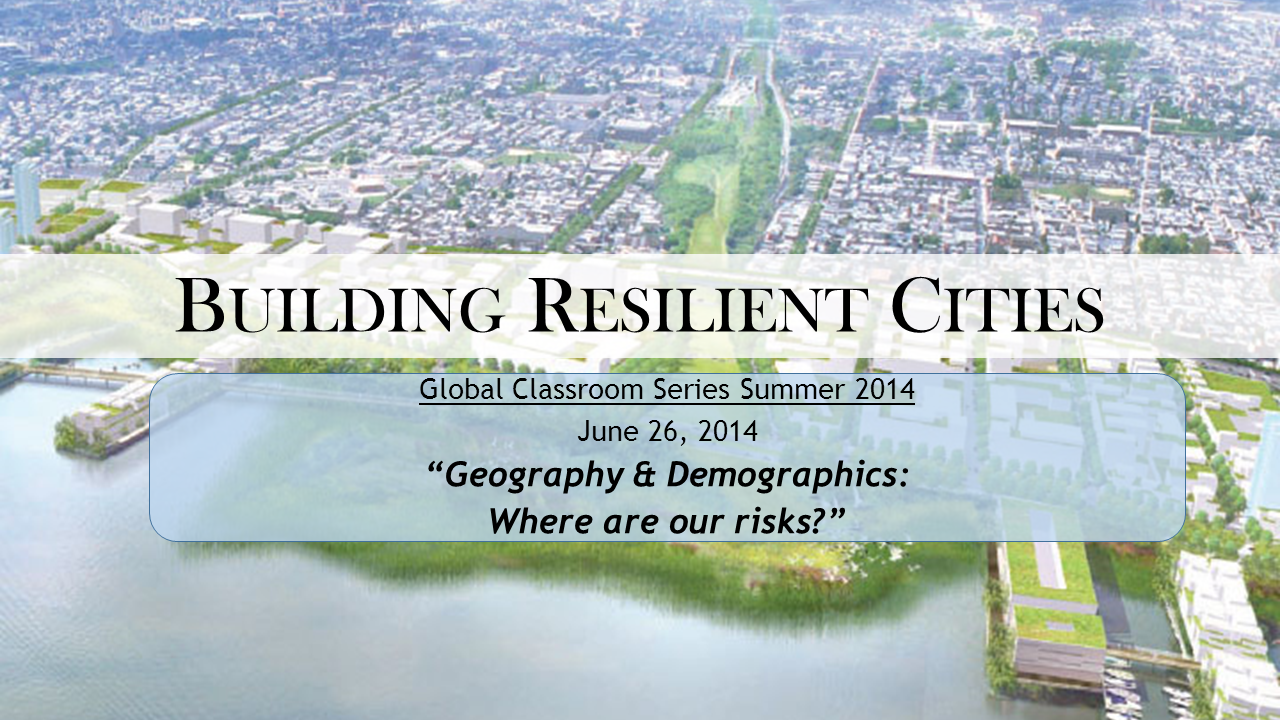 Urban population has increased dramatically throughout the last 50 years. We have gone from less than 10% of populating cities in 1950 to more than 50% today. Developing countries have experienced urbanization at even faster rates which, consequently, leads to major deficiencies in infrastructure, thereby, exposing marginalized portions of society to high-risk living arrangements, unemployment, and poor sanitation. Today, human economic activity is concentrated in large urban areas. Fossil fuels, being a high energy embedded resource, played an indispensable role in powering our daily activities; however, burning carbon-rich fuels has disastrous consequences. Although carbon emissions effect seemingly inconsequential changes to climate; they continue to drastically change worldwide weather patterns.
Urban population has increased dramatically throughout the last 50 years. We have gone from less than 10% of populating cities in 1950 to more than 50% today. Developing countries have experienced urbanization at even faster rates which, consequently, leads to major deficiencies in infrastructure, thereby, exposing marginalized portions of society to high-risk living arrangements, unemployment, and poor sanitation. Today, human economic activity is concentrated in large urban areas. Fossil fuels, being a high energy embedded resource, played an indispensable role in powering our daily activities; however, burning carbon-rich fuels has disastrous consequences. Although carbon emissions effect seemingly inconsequential changes to climate; they continue to drastically change worldwide weather patterns.
In building resilient cities, one must consider the unique challenges associated with potential geographical risks in different areas and how these risks can impact regional systems. In this presentation, we assess the impacts of flooding, drought, fire, and sea level rise in San Diego County and where these risks are most severe. In coming to these conclusions, it is particularly important to note climate and topography. While our climate appropriately designates us as “America’s Finest City”, continued climate change will likely bring about increased frequency and severity in potential hazards as evidenced by our current drought situation and recent wildfires. The regional climate zones and unique layout of canyons and mesas creates “hotspots” with particular risks. In addition, human encroachment has affected the immense biodiversity in San Diego County, which is particularly vulnerable to these risks as seen in the loss of indigenous chaparral flora.
Understanding regional geography is indispensable in order to create a sense of place. However, Planners must also understand the population that they are catering to. The San Diego-Tijuana metropolitan area forms the largest bi-national region in the US with over 5 million people. As a result, the region expects to become increasingly ethnically diverse in the future. In addition, we projected that the San Diego population is an aging one with estimates showing approximately 140% increase in elderly residents by 2050. San Diego also has pockets of densely populated low-income neighborhoods and communities. As these trends are identified, we suggest resiliency solutions specific to San Diego County such as more affordable housing, senior developments, and civic engagement.
